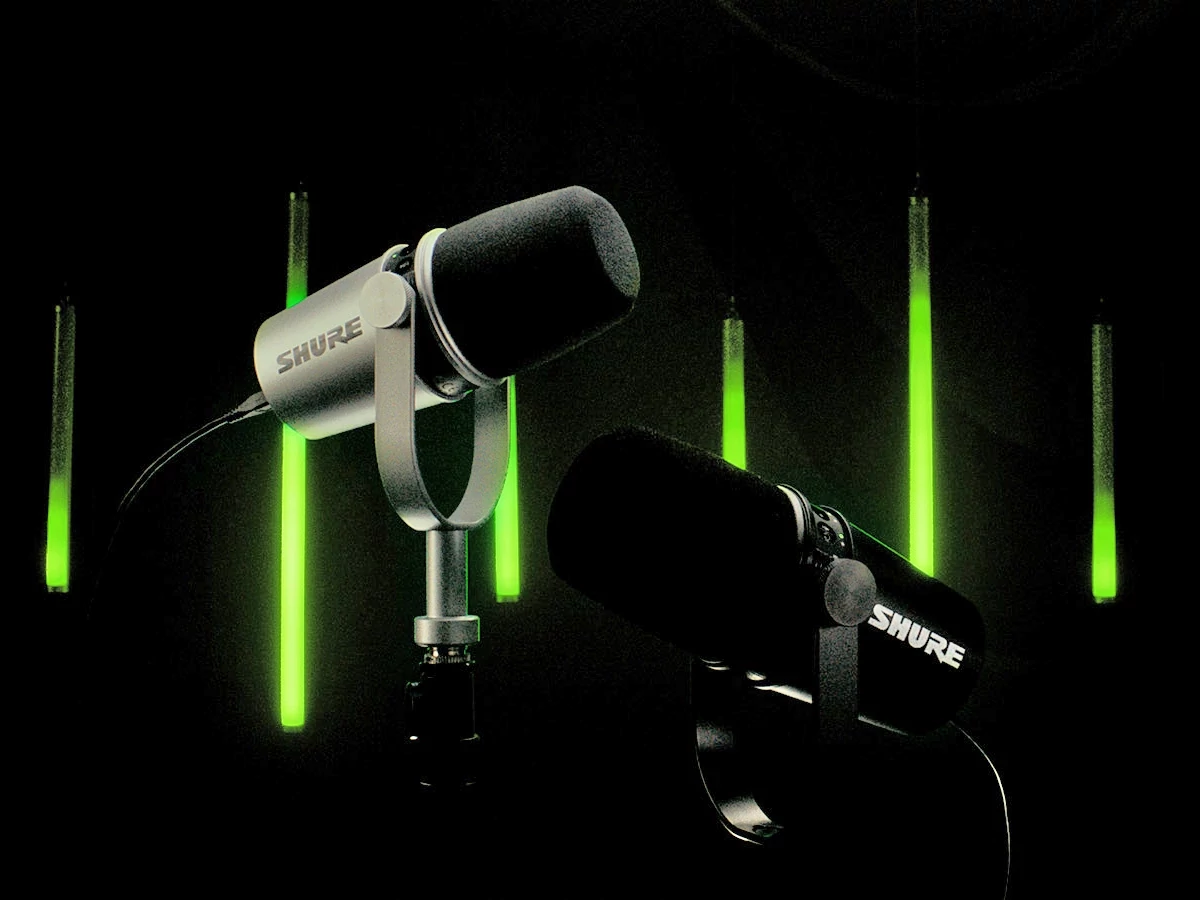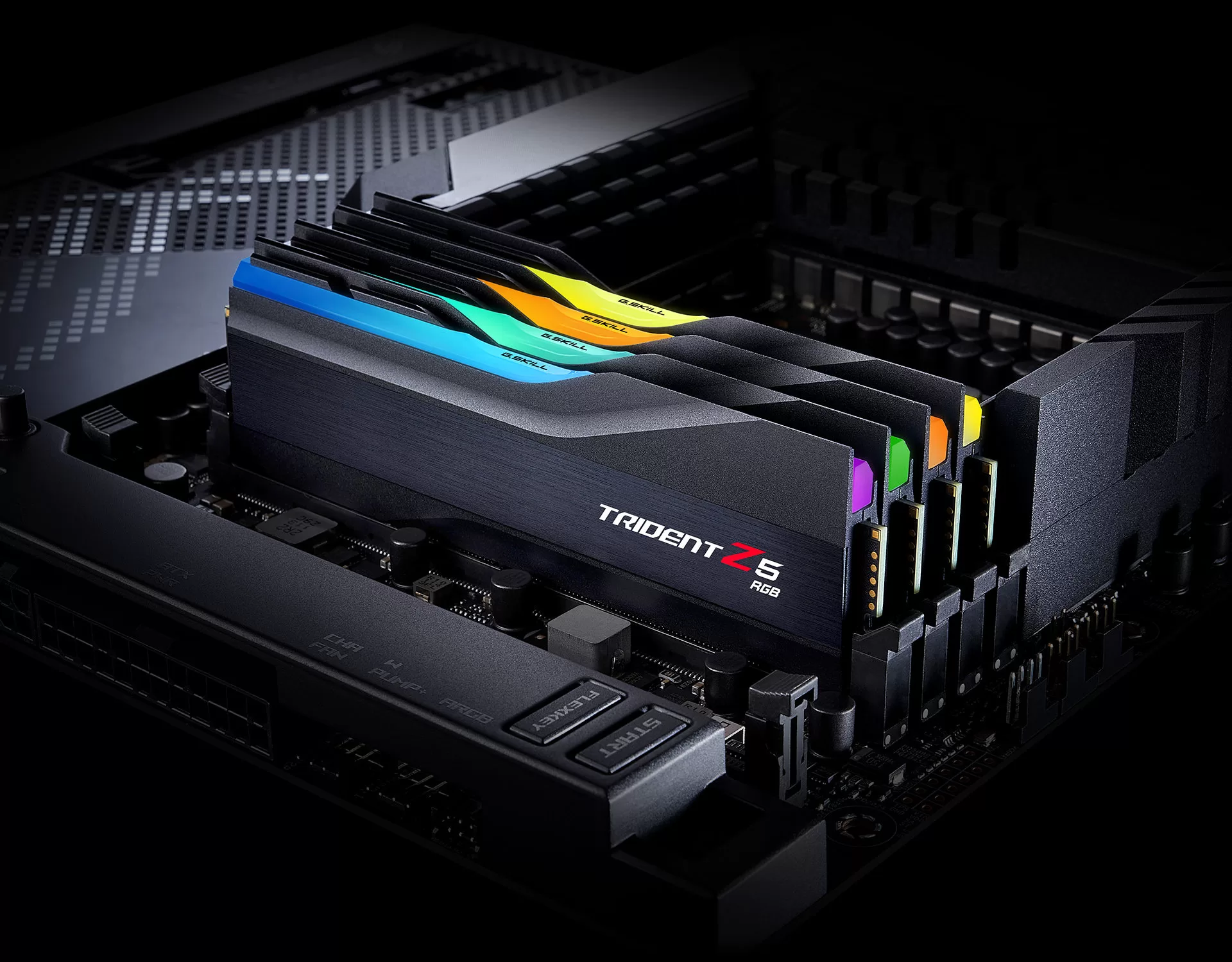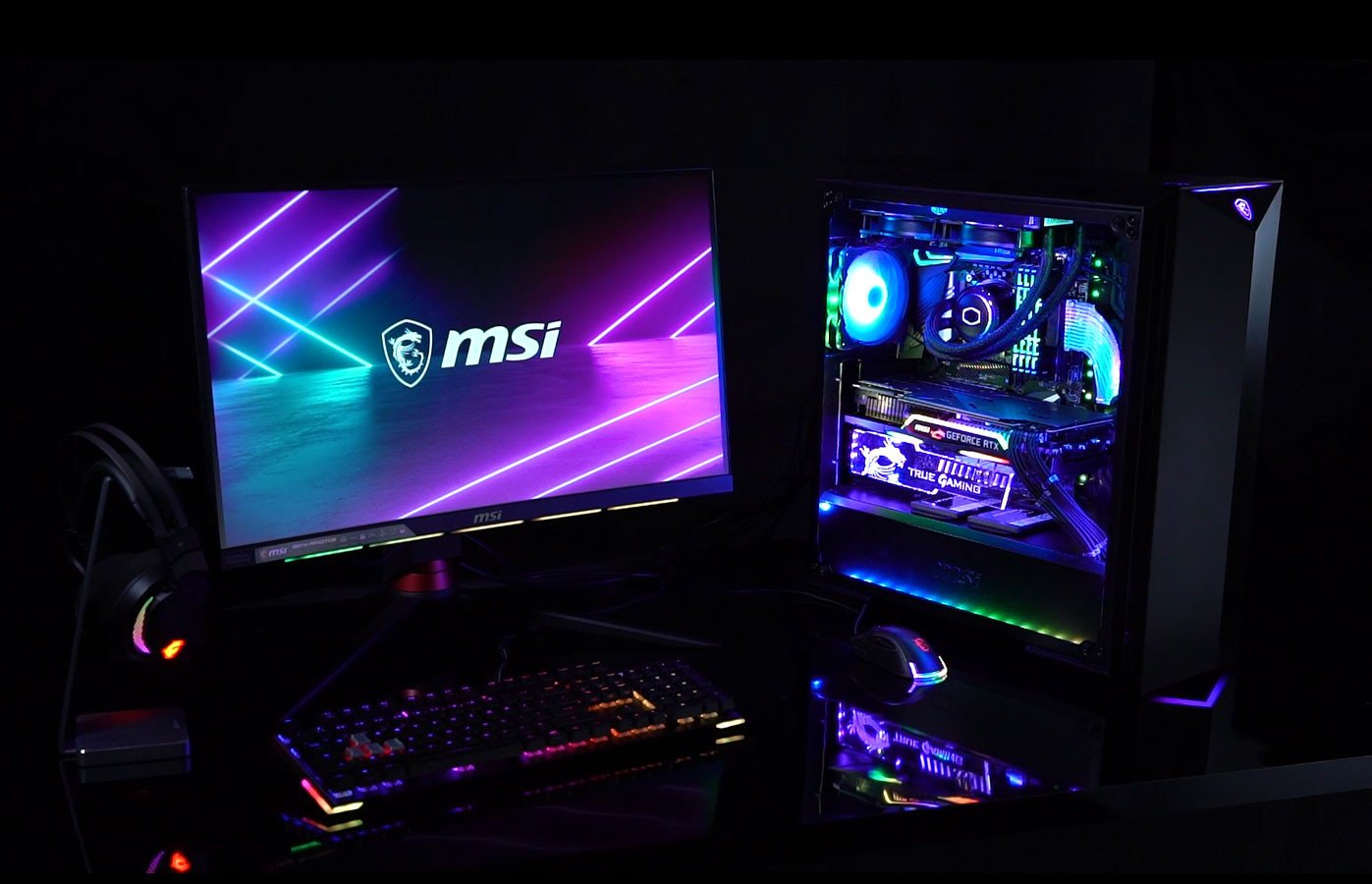Best Gaming Microphones 2023
When it comes to streaming on platforms like Twitch or communicating with teammates in virtual games, having a dedicated, standalone microphone can make all the difference. While many gaming headsets now come equipped with built-in microphones, these are often designed to multitask and don't offer the professional-grade clarity you might hear on the radio.
Additionally, standalone microphones can be used for a range of other purposes, from podcasting to music recording. Fortunately, many of the best gaming microphones are both affordable and versatile, costing under $100/£100 and capable of accommodating different polar patterns.

When choosing a gaming microphone, one important consideration is the polar pattern, which describes the area around the microphone where it picks up sound. Cardioid microphones are the most common and are ideal for recording a single person's vocals, as they create a narrow cone around one side of the microphone, blocking out all other sound. Bidirectional microphones, on the other hand, have two fields of polarity and can be used to record two voices simultaneously. Omnidirectional microphones pick up sound from all directions and are useful for capturing room noise and ambient sounds, but are less suited to gaming.
When it comes to choosing between a USB-based gaming microphone and an XLR-based studio microphone, there are pros and cons to each option. USB microphones are simpler to use and don't require additional equipment, while studio microphones offer higher quality and more versatile recordings but require an audio interface. XLR microphones interface via XLR, meaning that you will need to connect a sound card or an audio mixer with an XLR jack to your PC. Studio microphones also vary significantly in price, with some starting at around $100 and others costing upwards of $10,000.
Inline monitoring is another feature to consider, as it allows you to hear the raw audio directly from the microphone, ensuring that you sound clear and don't need to shout over background noise. Finally, the frequency response range is an important specification to consider, as it tells you the lowest- and highest-pitched sounds that the microphone is capable of picking up. While the baseline range for a decent microphone is 20 Hz - 20,000 Hz, some microphones go beyond this, offering additional harmonic detail in the low-end and high-end frequencies.
Make Your Business Online By The Best No—Code & No—Plugin Solution In The Market.
30 Day Money-Back Guarantee
Say goodbye to your low online sales rate!








